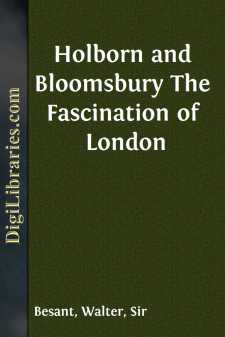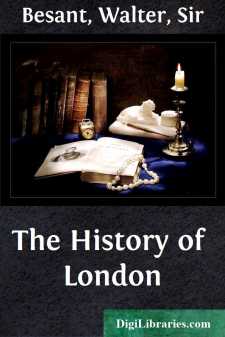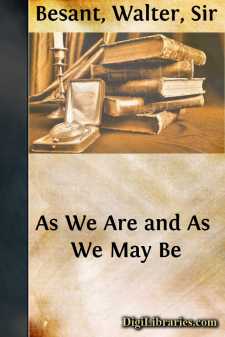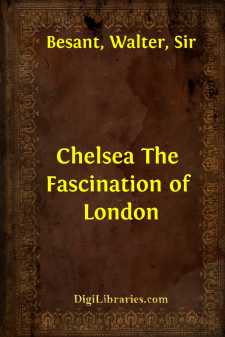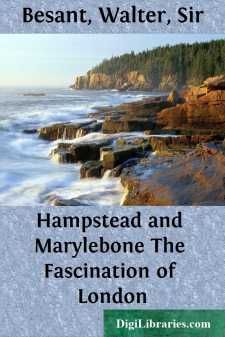Categories
- Antiques & Collectibles 13
- Architecture 36
- Art 48
- Bibles 22
- Biography & Autobiography 813
- Body, Mind & Spirit 142
- Business & Economics 28
- Children's Books 15
- Children's Fiction 12
- Computers 4
- Cooking 94
- Crafts & Hobbies 4
- Drama 346
- Education 46
- Family & Relationships 57
- Fiction 11828
- Games 19
- Gardening 17
- Health & Fitness 34
- History 1377
- House & Home 1
- Humor 147
- Juvenile Fiction 1873
- Juvenile Nonfiction 202
- Language Arts & Disciplines 88
- Law 16
- Literary Collections 686
- Literary Criticism 179
- Mathematics 13
- Medical 41
- Music 40
- Nature 179
- Non-Classifiable 1768
- Performing Arts 7
- Periodicals 1453
- Philosophy 64
- Photography 2
- Poetry 896
- Political Science 203
- Psychology 42
- Reference 154
- Religion 513
- Science 126
- Self-Help 84
- Social Science 81
- Sports & Recreation 34
- Study Aids 3
- Technology & Engineering 59
- Transportation 23
- Travel 463
- True Crime 29
Holborn and Bloomsbury The Fascination of London
by: Walter Besant
Description:
Excerpt
PREFATORY NOTE
A survey of London, a record of the greatest of all cities, that should preserve her history, her historical and literary associations, her mighty buildings, past and present, a book that should comprise all that Londoners love, all that they ought to know of their heritage from the past—this was the work on which Sir Walter Besant was engaged when he died.
As he himself said of it: "This work fascinates me more than anything else I've ever done. Nothing at all like it has ever been attempted before. I've been walking about London for the last thirty years, and I find something fresh in it every day."
Sir Walter's idea was that two of the volumes of his survey should contain a regular and systematic perambulation of London by different persons, so that the history of each parish should be complete in itself. This was a very original feature in the great scheme, and one in which he took the keenest interest. Enough has been done of this section to warrant its issue in the form originally intended, but in the meantime it is proposed to select some of the most interesting of the districts and publish them as a series of booklets, attractive alike to the local inhabitant and the student of London, because much of the interest and the history of London lie in these street associations.
The difficulty of finding a general title for the series was very great, for the title desired was one that would express concisely the undying charm of London—that is to say, the continuity of her past history with the present times. In streets and stones, in names and palaces, her history is written for those who can read it, and the object of the series is to bring forward these associations, and to make them plain. The solution of the difficulty was found in the words of the man who loved London and planned the great scheme. The work "fascinated" him, and it was because of these associations that it did so. These links between past and present in themselves largely constitute The Fascination of London.
G. E. M.
The district to be treated in this volume includes a good many parishes—namely, St. Giles-in-the-Fields; St. George, Bloomsbury; St. George the Martyr; St Andrew, Holborn; Hatton Garden, Saffron Hill; besides the two famous Inns of Court, Lincoln's and Gray's, and the remaining buildings of several Inns of Chancery, now diverted from their former uses. Nearly all the district is included in the new Metropolitan Borough of Holborn, which itself differs but little from the Parliamentary borough known as the Holborn Division of Finsbury. Part of St. Andrew's parish lies outside both of these, and is within the Liberties of the City. The transition from Holborn borough to the City will be noted in crossing the boundary. As it is proposed to mention the parishes in passing through them, but not to describe their exact limitations in the body of the book, the boundaries of the parishes are given concisely for reference on p. .
Kingsway, the new street from the Strand to Holborn, cuts through the selected district. It begins in a crescent, with one end near St. Clement's Church, and the other near Wellington Street. From the site of the Olympic Theatre it runs north, crossing High Holborn at Little Queen Street, and continuing northward through Southampton Row. A skeleton outline of its course is given on p. . This street runs roughly north and south throughout the district selected, and dividing it east and west is the great highway, which begins as New Oxford Street, becomes High Holborn, and continues as Holborn and Holborn Viaduct.
The tradition that Holborn is so named after a brook—the Old Bourne—which rose on the hill, and flowed in an easterly direction into the Fleet River, cannot be sustained by any evidence or any indications of the bed of a former stream. Stow speaks positively as to the existence of this stream, which, he says, had in his time long been stopped up....


